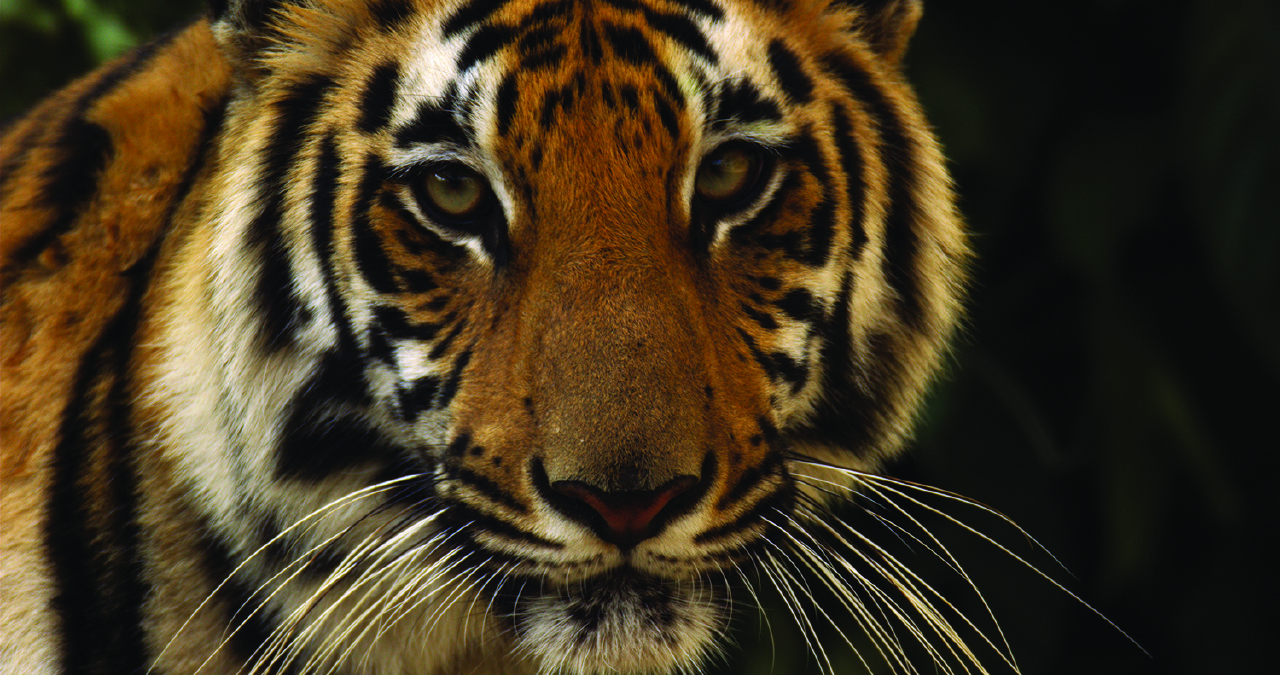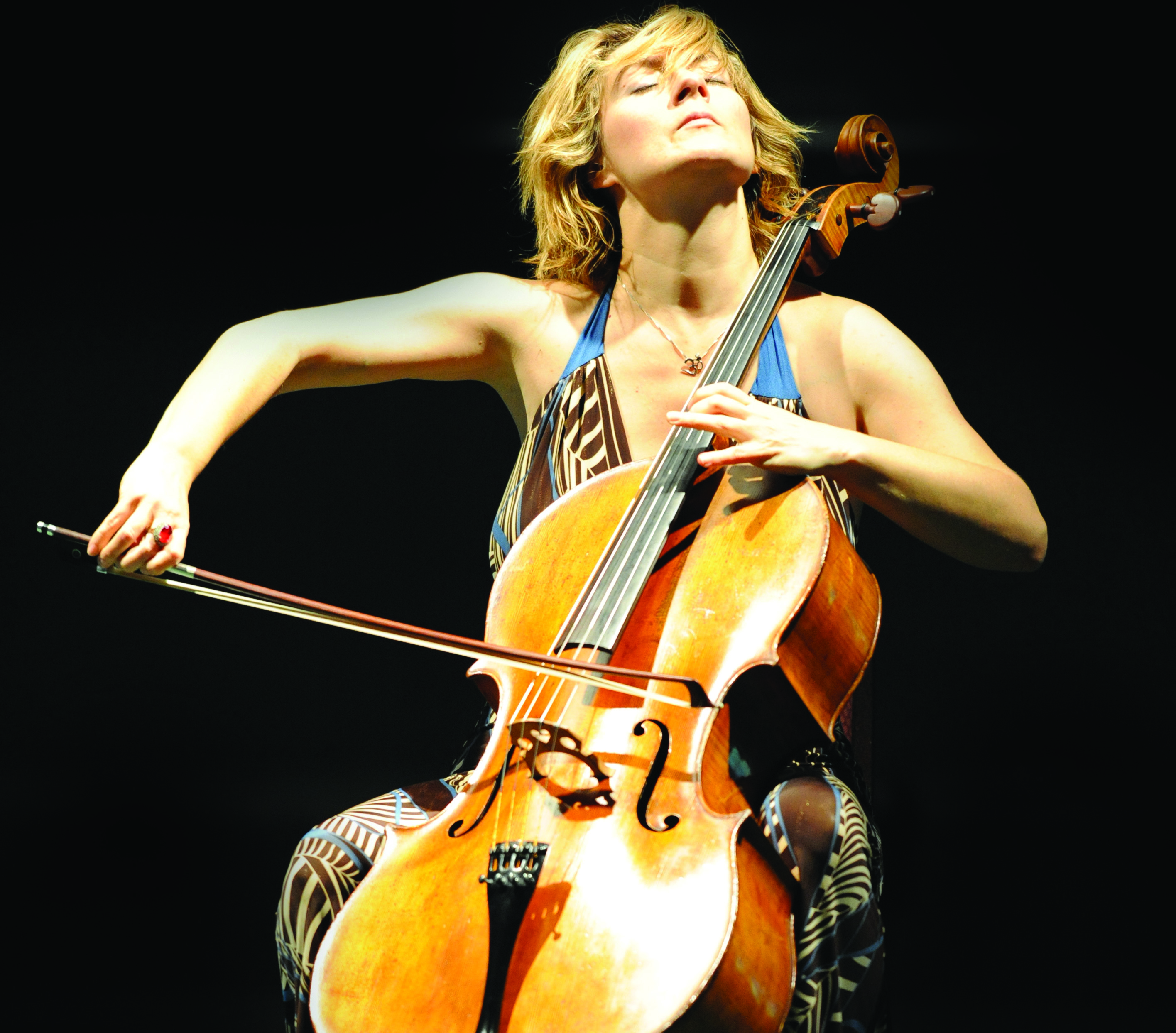A Sound Of Summer: The Wood Pewee
Story and illustration by Doug Pifer
As spring turns into summer, I listen for a bird song I’ve loved since childhood. I remember hearing, as soon as school closed for the summer, a rather lazy, sentimental birdsong coming from the woods across the road. Whenever I hear it now, it evokes memories of long summer days. A member of the flycatcher family, the wood pewee derives its common name from the English rendition of its distinctive song. I find it’s always tricky to start putting bird sounds into words. Everyone hears something different. What I hear from a pewee sounds more like “piddy-you-wee,” all run together with the last part slurred upward. The answering alternate song ends in a long, downward slurred note, “we-doooo.”Wood pewees are late migrants that seldom show up around here before the first of May. They winter in Central and South America and seem to be in no hurry to leave the tropics until March or April. But as soon as they get here the males start singing. Their serenade begins at dawn and ends at dusk. Their song persists throughout the day even in July and August, as the nesting season winds down. Most birds go quiet around then, as they replace their old feathers with a new suit of fall plumage. But the wood pewee keeps on singing.It’s easier to see wood pewees at our place in August, when abundant insects in our fields and pastures tempt them to leave the treetops to perch on our fence. A scant five and a half inches long, a pewee is as plain as can be. A medium shade of gray on the back becomes slightly browner on the head, wings and tail. There are two white wing bars. The underside, from throat to tail, is creamy-white tinged with olive-gray up the sides. The only touch of color is an orange tinge on the lower half of its beak. The eastern wood pewee is a denizen of woods, parks, or wherever there are large shade trees. It perches in a characteristic upright posture, turning its head constantly seeking flying insects. Spotting an airborne arthropod, the bird flies off in pursuit and latches onto the insect with an audible “snap.” In June, I saw a pewee return to its perch with a cicada in its mouth. Holding the insect in its bill, the pewee bashed it against the branch repeatedly until the cicada’s wings fell off, and then swallowed it whole.I’m amazed how easily flycatchers capture insects. They have a wide mouth and flattened beak especially adapted for the job. I once examined the bill of a wood pewee that had killed itself flying into somebody’s window. Seen from the side, the beak looked slender and straight except for a slight hook at the tip. Seen from above or below, it was roughly triangular. From the pointed, hooked tip it widened towards the bird’s mouth. Surrounding the mouth was a fine moustache of stiff bristle-like feathers, as if the bird had whiskers. As the bird overtakes a flying insect, these springy bristles act like a net to “bounce” a hapless insect towards the trap-like mouth. By the middle of September, the pewees will be gone. But I’ll remember that lazy-sounding song until next spring.
Illustration by Doug Pifer courtesy of the Pennsylvania Game Commission.
















